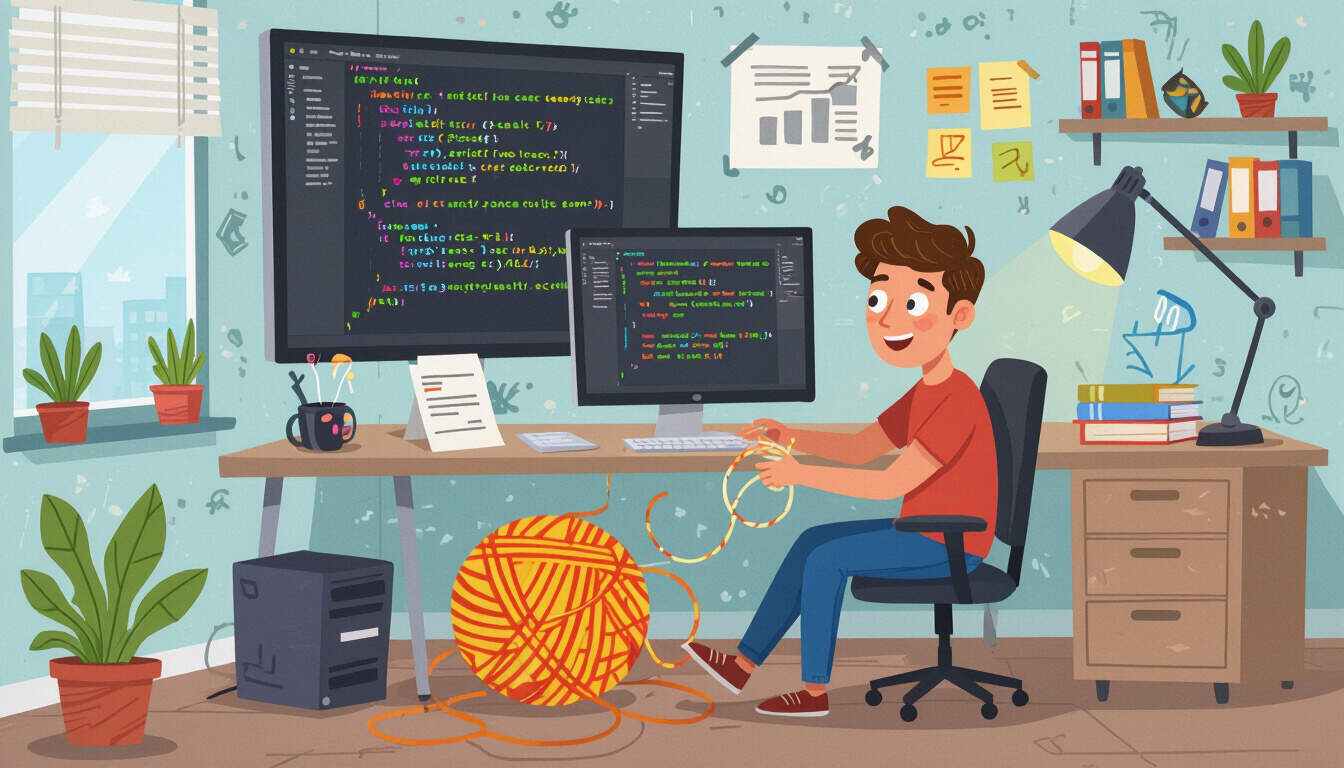Essential Code Refactoring Techniques for Solo SaaS
 by Shanie Goodwin
by Shanie Goodwin
Explore key code refactoring techniques that help solo SaaS developers maintain clean, efficient code. Learn practical steps to improve architecture, reduce bugs, and enhance scalability through real-world applications.

Code refactoring involves restructuring existing code without changing its external behavior. This process helps developers keep their software maintainable and efficient. For solo SaaS builders, regular refactoring ensures that applications remain reliable as they grow.
One fundamental technique is extract method. This approach breaks down large functions into smaller, more manageable ones. Imagine a solo developer working on a user authentication system; a bloated function handling login, registration, and password recovery can become overwhelming. By extracting parts into separate methods, the code becomes easier to read and test.
Another useful method is rename variable. Poorly named variables can lead to confusion over time. In a SaaS application managing subscriptions, a variable like 'x' might initially seem fine but later obscure its purpose. Renaming it to something descriptive, such as 'subscriptionEndDate', clarifies the intent and reduces errors.
For solo entrepreneurs, applying these techniques systematically can prevent technical debt. Start with a simple audit of your codebase. Go through each file and identify areas where functions are too long or variables are unclear.
Step-by-Step Guide to Extract Method
To implement extract method effectively:
- Identify a section of code within a function that performs a single task.
- Create a new function for that section.
- Replace the original code with a call to the new function.
- Test the changes to ensure functionality remains intact.
In a real-world SaaS scenario, consider an e-commerce platform. A function that processes orders might include logic for calculating totals and applying discounts. Extracting the discount calculation into its own method allows for easier updates if tax laws change.
Simplifying Code with Inline Methods
Inline methods involve replacing a method call with the method's body if it's no longer needed. This can streamline code in smaller SaaS projects. For instance, if a method is only used once, inlining it eliminates unnecessary function calls, improving performance slightly.
Follow these steps for inlining:
- Check how often the method is used.
- If it's only in one place, copy the code into that location.
- Remove the original method.
- Refactor as needed to maintain readability.
A solo developer building a dashboard for analytics might find this helpful. An unused helper method for data formatting could be inlined to clean up the codebase.
Real-World Example in SaaS Architecture
Consider a solo SaaS tool for project management. Initially, the code for task assignment is tangled with user notifications. Refactoring by introducing class reorganization separates these concerns. This means creating distinct classes for assignments and notifications, making the system more modular.
Through this, developers can scale their application more easily. As user numbers grow, a well-organized structure allows for quicker additions like new features or integrations.
Additional Techniques for Efficiency
Other methods include removing duplication. If similar code blocks appear in multiple places, consolidate them into a single function. This reduces the risk of inconsistencies and makes updates faster.
For example, in a SaaS app handling payments, duplicate code for error logging in different payment gateways can be refactored into a shared utility function. This not only saves time but also ensures that all logs follow the same format.
Benefits for Solo Developers
Regular refactoring leads to better performance and fewer bugs. Solo SaaS creators often work alone, so clean code means less time debugging and more time innovating. By focusing on these techniques, developers can build products that are easier to maintain over time.
In practice, set aside time each week for refactoring sessions. Track changes with version control to see improvements clearly. Over time, these habits will lead to stronger, more adaptable SaaS architectures.
By incorporating these strategies, solo entrepreneurs can create high-quality software that stands up to growth and change.
